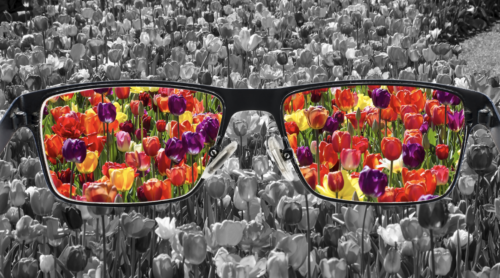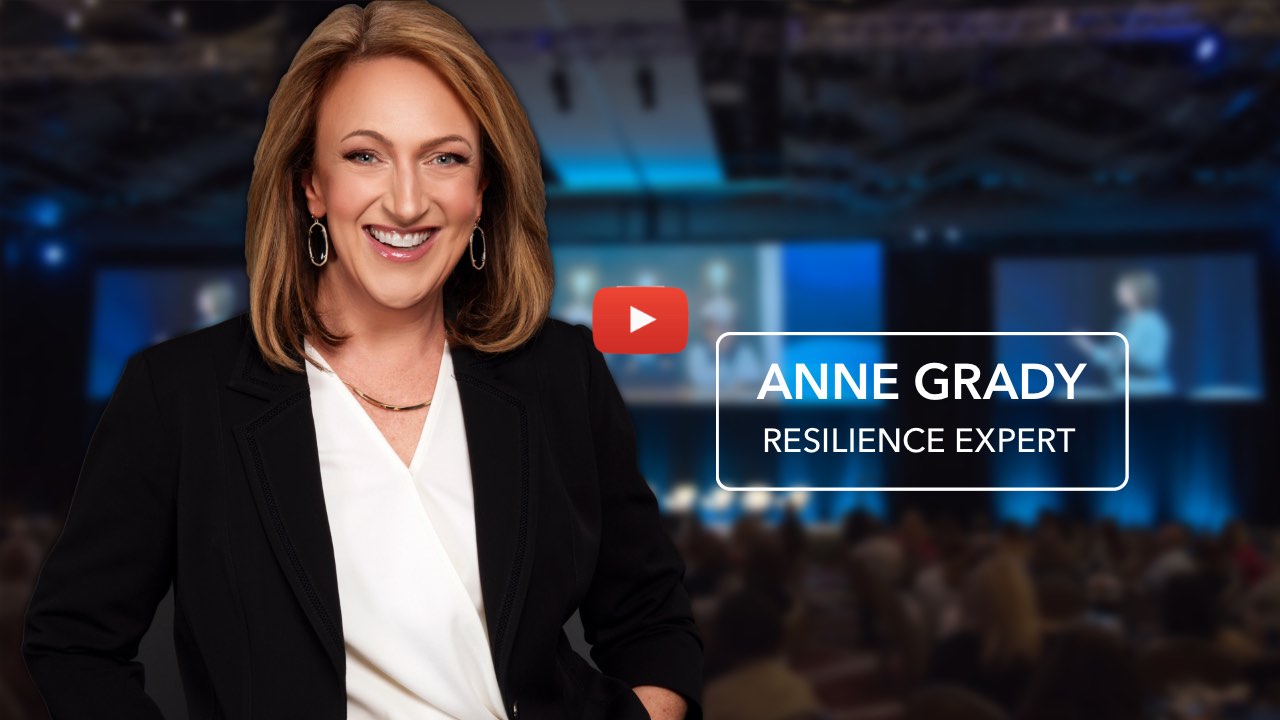Did You See The Bear?
Did You See The Bear?
Do you remember the video of players passing a basketball to each other, asking you to count the number of passes?
If not, watch this before you keep reading:
Did you see the moonwalking bear?
If not, you’re in good company. Unless you knew what you were looking for, almost half of the people who watched that video didn’t see it.
When you know there is a moonwalking bear, it’s impossible not to see it. Psychologists refer to this as “inattentional blindness”, missing obvious things right in front of us if we’re not looking for them.
On the flip side, when you look for something specific, you see it all of the time. Time to buy a new car? When you decide on the make and model you want, you’ll start to see that car everywhere.
Between our brain’s negativity bias, our propensity to magnify the negative and minimize the positive, and inattentional blindness, we are missing a huge percentage of the positive moments and experiences in our lives. Throw in 24 hour news coverage and social media, and you have a recipe for cynicism, frustration, and anxiety.
Fortunately, you have a superpower that can change the way you see the world. Experience-dependent neuroplasticity is your brain’s ability to change based on your experiences. Our brain is continually growing and changing well into our nineties.
Getting better at looking for, savoring, and sharing good experiences inclines your mind in that direction. Research has found that keeping a gratitude journal or thinking of 3 good things that happened each day forces you to scan for the positives.Those that did this repeatedly for a week were happier, more grateful, and had higher levels of optimism than those that didn’t, even after they stopped the exercise.
This doesn’t mean you wear rose colored glasses and pretend like the negatives aren’t out there, but you can wear gratitude glasses and find the good within it.

Just like you probably have a “to-do” list, make a list of the good things about your job, your relationships, and your life. I have a sign on my bathroom mirror that says, “What will you look for today?” as a reminder to look for the good things in life.
When you make it your intention to find kindness, compassion, humor, and goodness, you are way more likely to find it.
Subscribe to Anne's #ResilienceReset Email!
Anne breaks down the daily habits and skills needed to grow and cultivate RESILIENCE.
I am officially on vacation, so I won’t be posting for a couple of weeks. Thought I’d share my OOO. Feel free to use it!
Out of Office: Gone Campin’
Thanks for your message! I’m currently off the grid—camping, recharging, and resisting the urge to check email.
If it’s urgent, my rockstar team’s got you: [email protected]
If it’s an emergency, please stop typing and call 911.
I’ll be back soon—clearer, calmer, and slightly more mosquito-bitten.
Until then, stay well, be kind, and don’t forget to hit your own reset button once in a while.

Happy Friday from the ranch!
Bernie is holding down the fort and looking quite handsome while he does it. 10/10 would recommend a Bernie for stress relief and unsolicited snuggles. ♥️

If you’re tired, you’re not failing—you’re feeling.
Midyear fatigue doesn’t mean you’re broken or weak. It means you’re human in a high-pressure world that rarely lets up.
Let’s stop glamorizing burnout and start normalizing taking time to reset.
✅ You don’t have to disappear to reset.
✅ Small shifts make a big impact.
✅ You are allowed to need rest, even when things are “fine.”
Your mental health is not a side project—it’s the foundation.

Have you ever been told to “turn that frown upside down”or “look at the silver lining?”
We live in a culture that prides itself on happiness. Here’s the thing: Your brain isn’t supposed to be happy all the time. Emotions aren’t good or bad, they are simply information.
While contrary to popular “self-help” books, the fastest way to get past a difficult emotion is to go through it. That’s right, you have to sit in the suck.

Lately, I’ve been asking myself a question I didn’t expect to need:
“What brings me joy right now?”
And I don’t mean performative positivity or pretending everything’s fine. I mean the little, messy, delightful things that give you a dopamine boost:
💛 Laughing until you snort
💛 Dancing around the kitchen
💛 Rewatching your comfort show
💛 Snuggling with your pets
💛 Getting irrationally excited about your coffee order
Joy isn’t a distraction from the work—it’s the fuel for it.

Tag a friend who needs this reminder.👇#mindfulmonday




